Progress Report
Cybernetic Avatar Technology and Social System Design for Harmonious Co-experience and Collective Ability1. Social and embodied augmentation technology (Cognitive Augmentation Research Group)
Progress until FY2022
1. Outline of the project
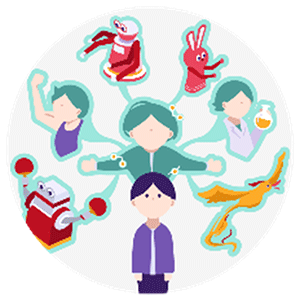
Realize cybernetic avatars
that can maximize the
potential of the user
depending on the situation
and environment
We are engaged in research to clarify the conditions under which users can leverage cybernetic avatars (CAs) with physical characteristics different from those of the actual body to realize their own potential beyond their intrinsic limitations, or to gain diverse physical experiences and values to enhance their social skills, such as empathy and cooperation with others. Based on this knowledge, we develop cognitive augmentation technology that supports users to freely demonstrate their desired abilities according to the situation and environment by utilizing CA with appropriate physical characteristics, and to enable everyone to be active in society in their own way, thereby contributing to the "freedom from physical limitations" that Goal 1 aims for.

Development of embodied experience control methodology for social augmentation
Takuji NARUMI (The University of Tokyo)

Understanding neurocognitive mechanisms of social and embodied augmentation
Sotaro SHIMADA (Meiji University)

Development of technologies to enable real-world avatar for the transformation of embodiment
Ryoma NIIYAMA (Meiji University)
2. Outcome so far
- (1) Elucidate and utilize the influence of CA's physical characteristics on users' cognitive abilities and social skills from diverse perspectives
- (2) Develop soft wearable CA robots that can be worn
- (3) Deploy practical applications of CA-based cognitive augmentation in education, diversity training, remote employment for people with disabilities, etc.
In (1), we verified the effects of CA's physical characteristics on users' cognitive abilities and social skills from various perspectives, and developed methods to support the acquisition of new physical abilities, enhancing memory and promoting inspiration. In addition, we found that contrasting the physical characteristics of one's own CA with those of others further enhances the cognitive augmentation effects (Fig. 1-1). We also showed that the use of CA can change personality traits, for example, by showing that openness improves after the use of a doctor-style CA (Fig. 1-2).
In (2), to make the cognitive augmentation readily available in the real world, we developed a wearable CA robot that is lightweight, easy to wear, and inflates only when needed, utilizing soft materials and soft-robot (Fig. 2).
In (3), we deployed cognitive augmentation technology in real world situations in society. For example, we conducted an online lecture where lecturers used CAs and showed that when lectures were given while changing the appearance of the CAs used by the teacher, the students' performance improved (Fig. 3-1). We also designed a workshop to eliminate unconscious bias related to working parents, and demonstrating that it can support the creation of a workplace where everyone can feel comfortable (Fig. 3-2). We also deployed virtual avatar cafe, which enables people with difficulty accessing employment as a result of disability to engage in customer service with a virtual CA where they can express themselves, demonstrating that the cognitive augmentation effect increases not only ease of work, but also work motivation and well-being (Fig. 3-3).

the cognitive enhancement effect
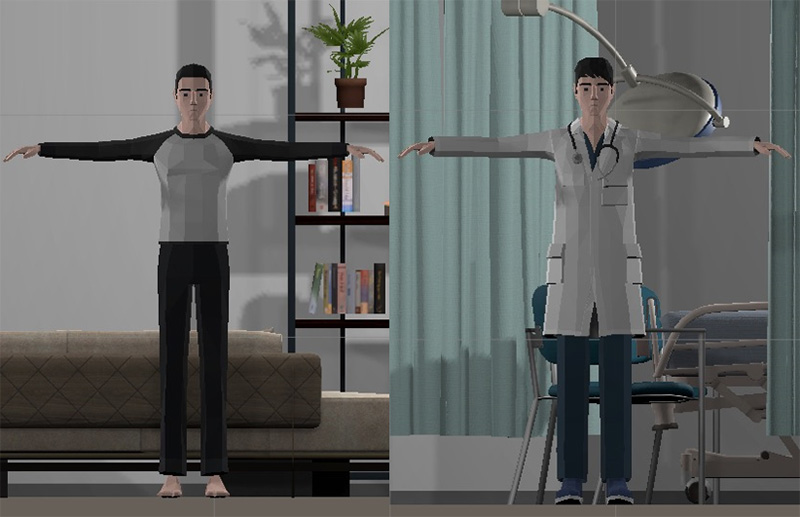
avatars can improve openness
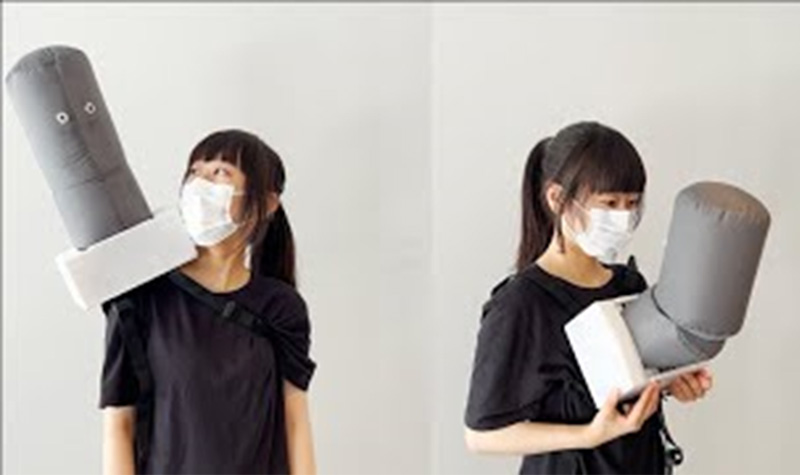
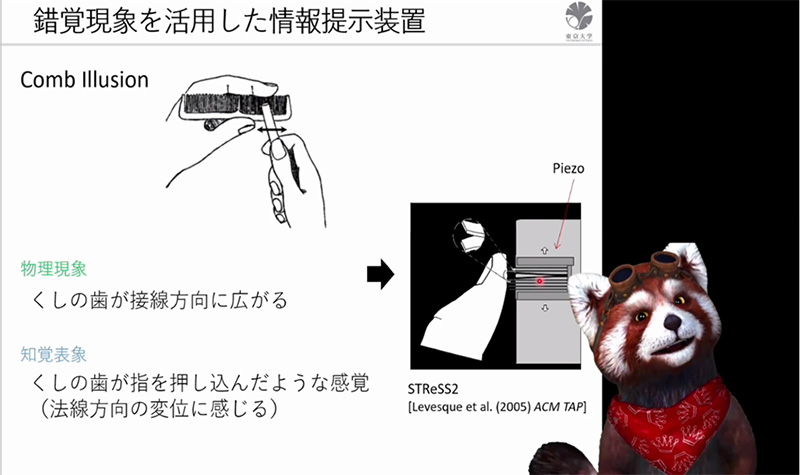
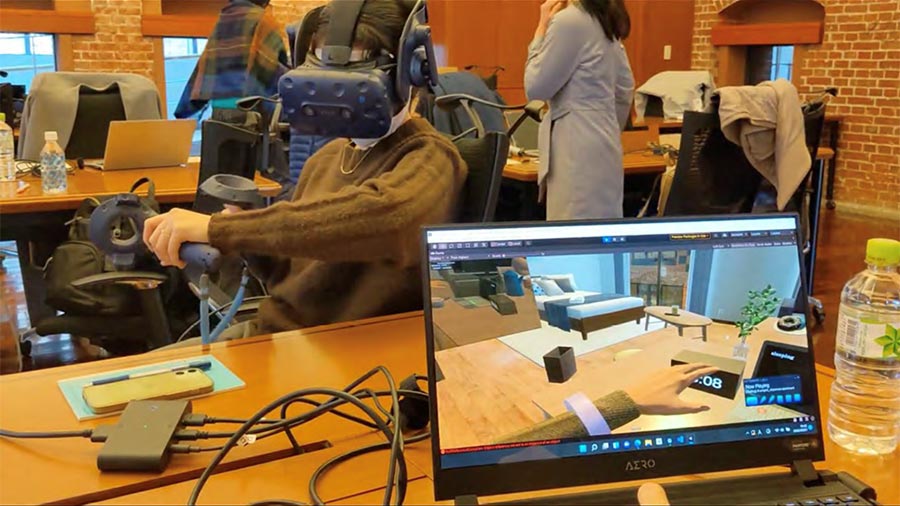
Workshop Development
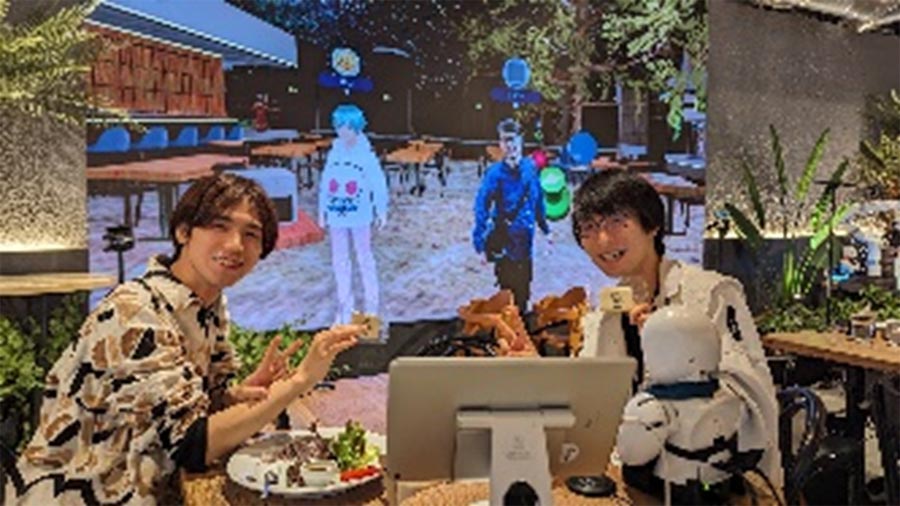
Augmented avatar customer service incorporating
3. Future plans
In (3), it was not clear whether the cognitive augmentation effects are enhanced or attenuated by longer-term use of CA, or to what extent CAs become established as part of the user's own identity. Also, the physical and cognitive load which the continuous use of CA places on users have not yet been clarified. In the future, we will develop cognitive augmentation technology that is easy to use on an ongoing basis in society by clarifying the long-term effects and the effects on the body and brain in more detail.